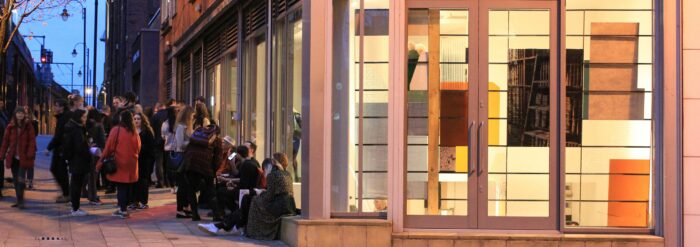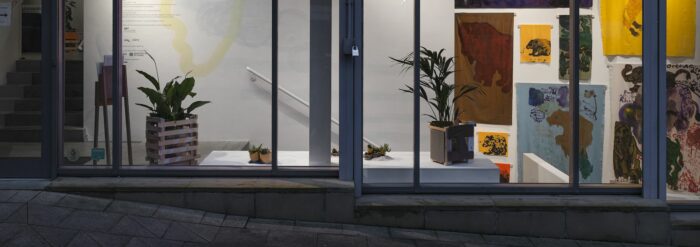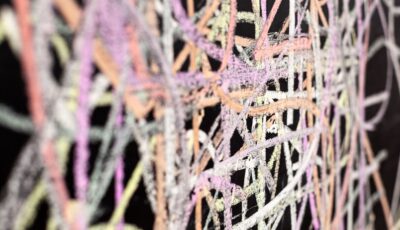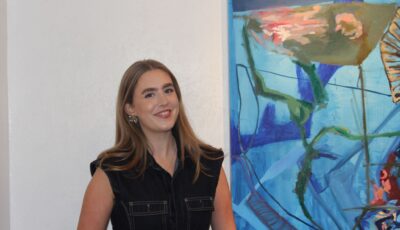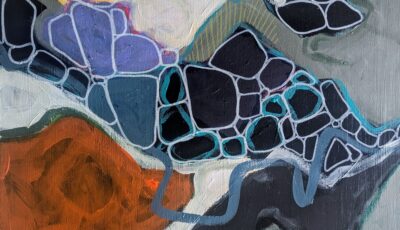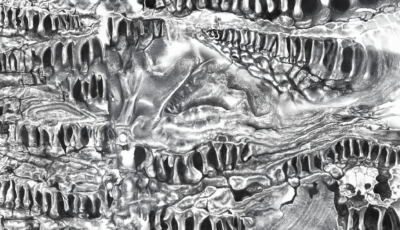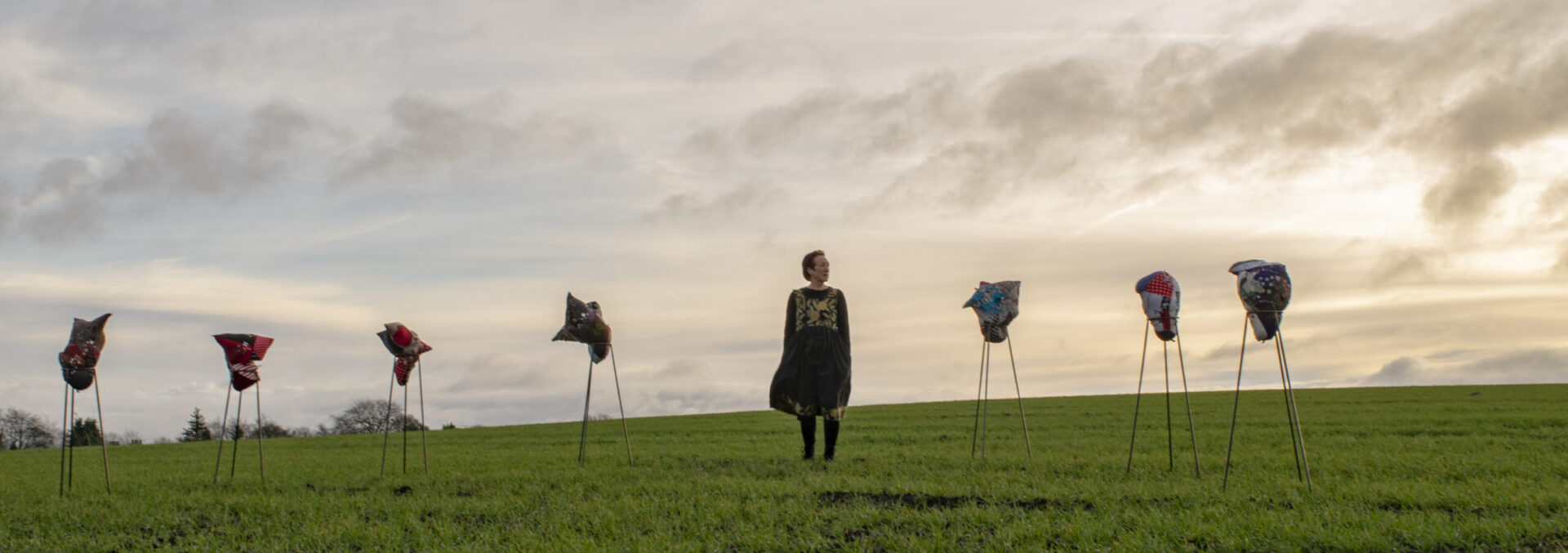
Spotlight: Artists and Sustainability – Jane Fairhurst
Posted on 28 April 2021
This month Castlefield Gallery staff received their certificates from the Carbon Literacy Project. We are proud to say this confirms we have each successfully completed our Carbon Literacy training. 100% of our staff are now Carbon Literacy trained! Castlefield Gallery is a long-standing member and contributor to Manchester Arts Sustainability Team (MAST) and the Carbon Literacy Project has been delivered by MAST through C-Change.
Now seems like the perfect moment to launch our new ‘Artists and Sustainability’ spotlight series. As part of our ongoing dialogue with a range of artists we’ve been asking them to share insights on their work in the context of climate change.
We spoke to Jane Fairhurst, an artist who is currently showing as part of Obstructions and the Extension exhibitions, is a member of Castlefield Gallery Associates, and was part of our inaugural bOlder programme.
–
Castlefield Gallery: In what ways do you feel your work might relate to sustainability and climate change issues: in the content of the work, its narrative, conceptually or theoretically?
Jane Fairhurst: Sustainability, climate change and consumerism have been integral to my work since my time at Liverpool College of Art in the early 1970’s. Over the years I have assembled quite a collection of found objects as material ready for transformation. The challenge is always to make work with a narrative that addresses political and environmental issues, often using found objects to add purpose to the narrative.
Using discarded objects gives me freedom to experiment as there’s nothing really lost if all goes wrong and if it goes well it can carry a strong message.
For Obstructions (2020-21) I chose the role of a ‘future archaeologist’ collecting plastic waste found in the compost spread on local fields and using the shards as subject matter for a series of small paintings on cardboard to sit alongside a display case filled with the ‘finds’. Considering what future societies might make of the ‘throw away’ culture of 21st century Britain.
I have also used themes of consumerism, waste and environmental damage for other series of works, for example, Pelts (2004) made from deconstructed McDonalds free toys or my Freefall Series from 2006 where I replaced the bird in a Japanese style painting with a plastic toy with a bird skull, linking unthinking environmental damage to the concept of vanitas. These and other works are part of my current solo exhibition In Series open until 2nd July at The World of Glass, St Helens.
Using found and discarded objects often attracts attention because they are so recognisable, but in their new context as ‘art’ they become intriguing in different ways, enabling a more complex discourse to develop between viewer and artwork. I am aware that for some viewers my materials and concerns might not at first fit with their idea of what art is, or what it should do. I often choose to accompany the work with text by way of clarification or extension of it, with the hope that this enables multiple entry points for people to engage with the work. Ultimately making the work more inclusive and expanding its potential to reach wider audiences.
With regards the materials, processes and techniques you use to produce your work, are there any practical decisions you make with regards climate change and sustainability
I grew up in the era of ‘make do and mend’ and inevitably that became my mantra as I developed my art practice. I’ve always had to be resourceful when it comes to materials and a wide variety of objects have found their way into my work.
I collect whatever catches my eye be it a bird skull or a plastic fish from a sushi box.
I regard most things as a possible material for use in my work and collect pieces of wood, rusty metal, plastic, cardboard etc. I always have a good store of materials to hand.
Another practical decision I make with regard to sustainability is to take good care of the tools of my trade, brushes, palette knives, scissors; all my tools are cleaned and maintained. I aim to waste as little as possible.
In general, how do you feel galleries, art spaces, artworks and artists, might be able to contribute, what if any role do you feel they can play in a progressive conversation.
There could be greater emphasis on sustainability in art through the choices made by curators. Showing work already in gallery collections rather than flying in artworks at great expense in terms of money and resources would be a start.
Many galleries have collections of work that are never shown to the public and they could be a great way to attract visitors as well as providing conversations and collaborations between artists and galleries to develop and curate exhibitions. This could be a way to draw in a broader range of the public to see artists from their region from the past alongside contemporary artists and further develop conversations with the viewing public.
Are there any tips or advice, anything you have learnt you might want to share with other artists or our audiences
Think about where your materials have come from and if you’re buying try to find materials made as locally as possible. Learn to stretch your own canvasses. Share information. Look at the work of artists for whom sustainability and climate change are part of their oeuvre.
Using found materials and objects is both sustainable and can expand your thinking and your practice.
Meret Oppenheim, Dorothy Cross and Kathy Prendergast are some of the artists whose work I find powerful because of the way they use unconventional materials to put their message across.
April 2021: Jane Fairhurst
Image: Jane Fairhurst, Fetishes. Photo courtesy Matylda Augustynek
